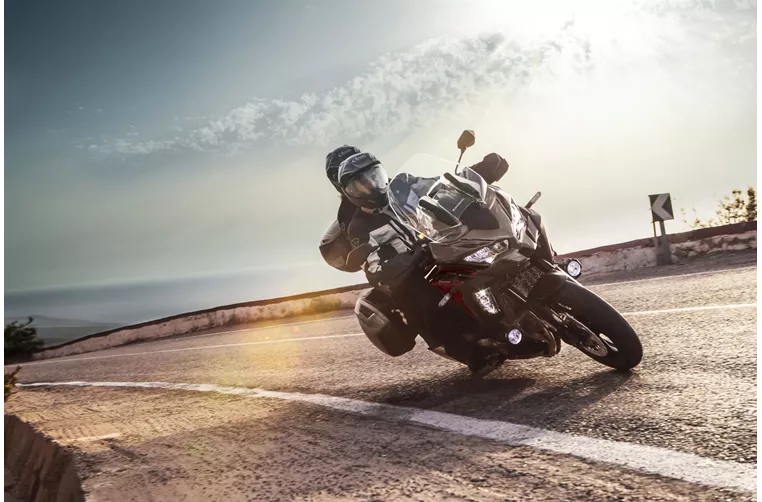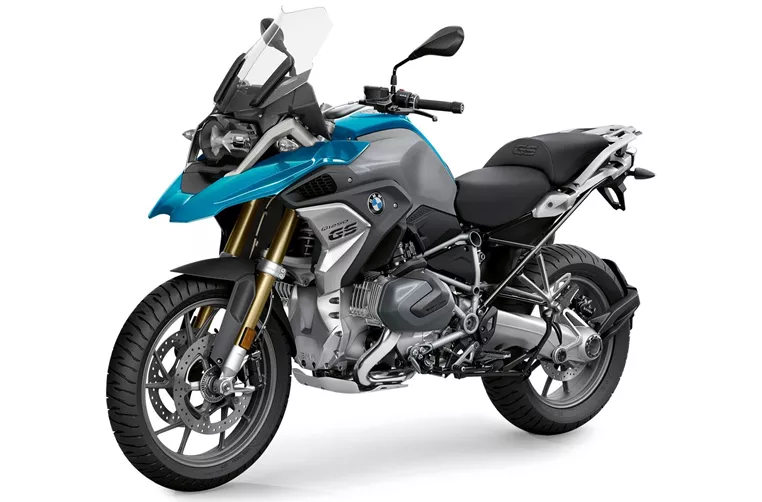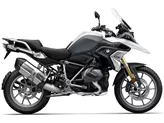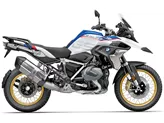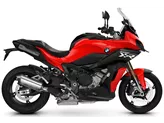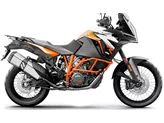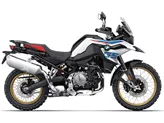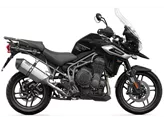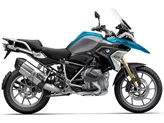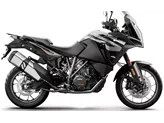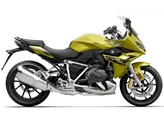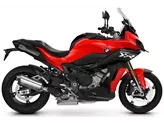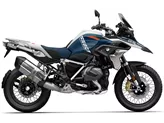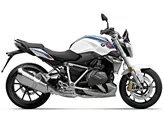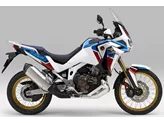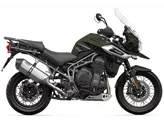Kawasaki Versys 1000 S 2021 vs. BMW R 1250 GS 2020
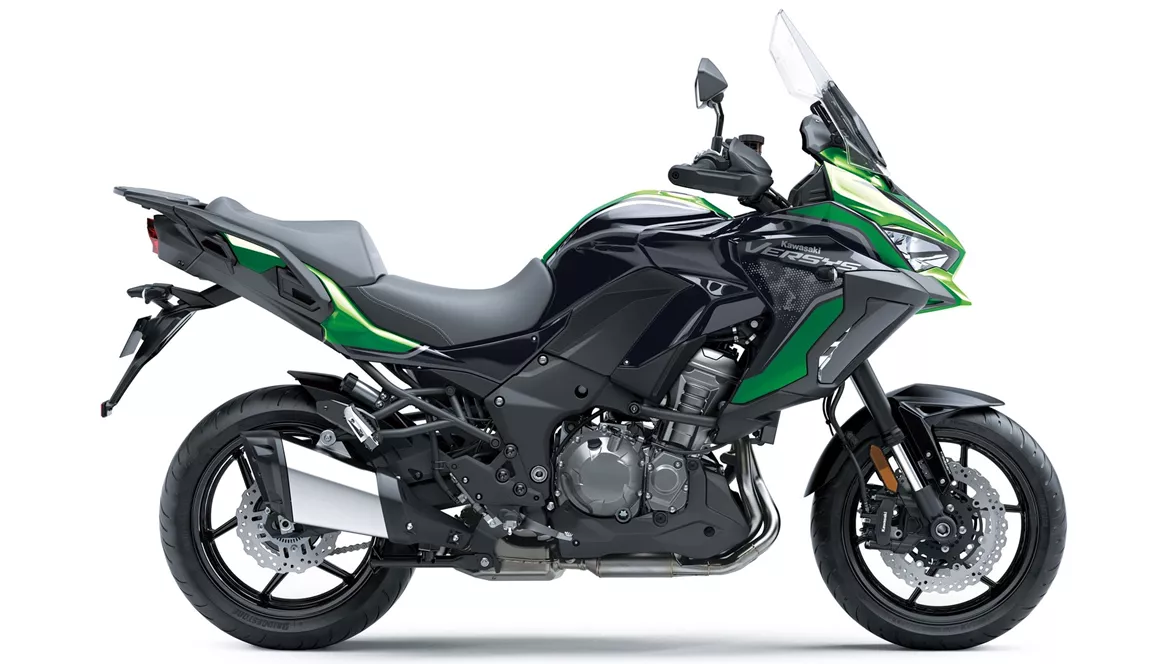
Kawasaki Versys 1000 S 2021
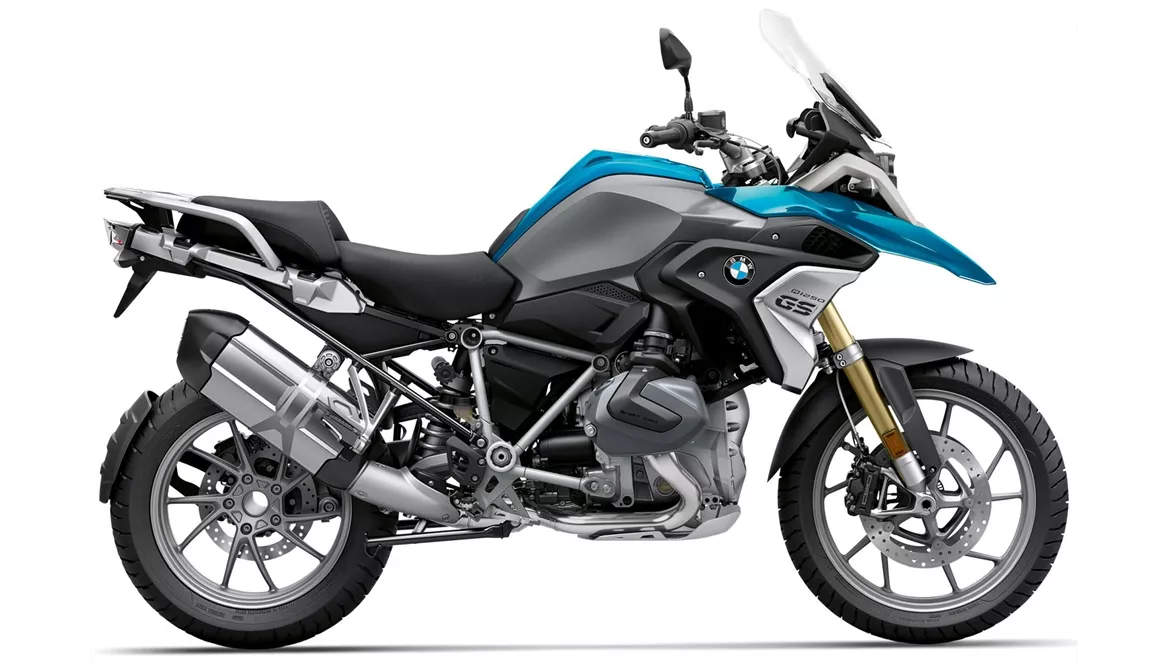
BMW R 1250 GS 2020
Overview - Kawasaki Versys 1000 S 2021 vs BMW R 1250 GS 2020
When comparing the Kawasaki Versys 1000 S 2021 and the BMW R 1250 GS 2020, it is important to consider their technical specifications and strengths and weaknesses.
Starting with the technical specifications, the Kawasaki Versys 1000 S 2021 is equipped with an in-line four-cylinder engine with a displacement of 1043ccm. It produces 120 horsepower and 102 Nm of torque. The engine is started electrically and power is transmitted to the wheels via a chain transmission. The front suspension consists of an upside-down telescopic fork with a travel of 150mm, while the rear suspension features a swing arm with a monoshock and a travel of 152mm. The frame is made of aluminum and the bike weighs 257kg with ABS. It has a fuel tank capacity of 21 liters and is equipped with advanced rider assistance systems such as ABS, ride by wire, and a quickshifter. The front and rear tires have diameters of 17 inches and widths of 180mm and 17 inches, respectively.
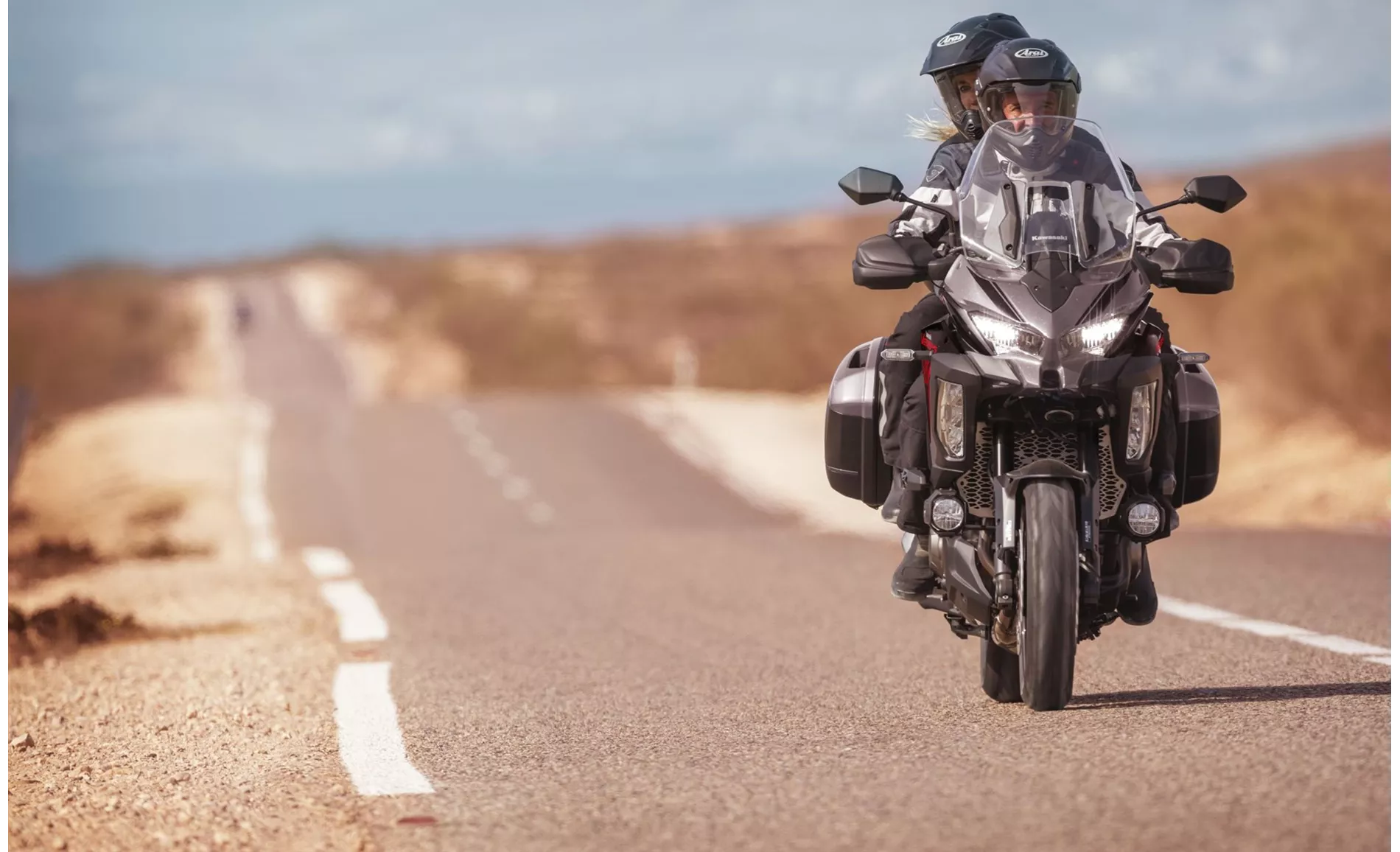
Kawasaki Versys 1000 S 2021
On the other hand, the BMW R 1250 GS 2020 is powered by a boxer engine with a displacement of 1254ccm. It delivers 136 horsepower and 143 Nm of torque. The engine is also started electrically, but power is transmitted to the wheels via a prop shaft. The front suspension consists of a telelever with a travel of 190mm, while the rear suspension features a single swing arm with a monoshock and a travel of 200mm. The frame is made of steel and the bike weighs 249kg with ABS. It has a fuel tank capacity of 20 liters and is equipped with advanced rider assistance systems such as ABS, anti-slipping control, riding modes, and ride by wire. The front and rear tires have diameters of 19 inches and 17 inches, respectively, with a width of 170mm for the rear tire.
In terms of strengths, the Kawasaki Versys 1000 S 2021 offers a very comfortable seating position, thanks to its adjustable windshield and well-controllable braking system. The in-line four-cylinder engine provides a smooth and cultivated power delivery, and the bike comes with a full electronics package, including features such as ABS, ride by wire, and a quickshifter. Additionally, the Versys 1000 S has a distinctive look that sets it apart from other motorcycles in its class.
On the other hand, the BMW R 1250 GS 2020 boasts an extremely high-torque boxer engine that delivers a good sound and provides excellent performance. The bike offers a comfortable seating position, making it suitable for long distances, and it comes with stable braking performance. It also provides good weather protection and features a color TFT display as standard, along with LED headlights.
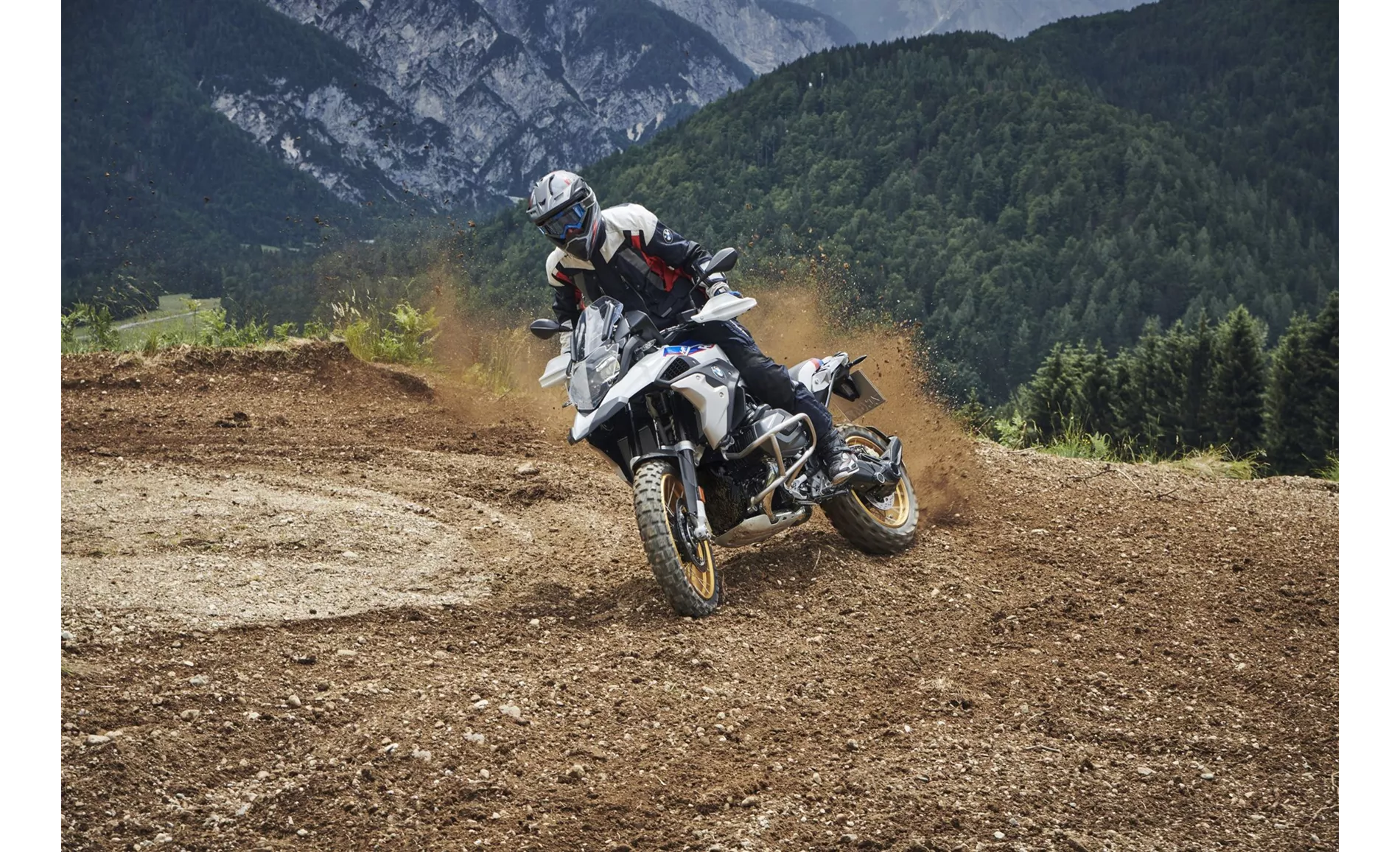
BMW R 1250 GS 2020
However, both motorcycles have their weaknesses. The Kawasaki Versys 1000 S 2021's windshield is not adjustable with one hand, which may be inconvenient for some riders. On the other hand, the BMW R 1250 GS 2020 has a manageable standard equipment and a long surcharge list, which means that additional features come at an extra cost. Additionally, some may find the R 1250 GS's appearance to be jagged and lacking elegance.
In conclusion, the Kawasaki Versys 1000 S 2021 and the BMW R 1250 GS 2020 are both capable enduro motorcycles with their own strengths and weaknesses. The Versys 1000 S offers a comfortable riding experience and a distinctive look, while the R 1250 GS provides a powerful and torquey engine along with good weather protection. Ultimately, the choice between the two will depend on the rider's preferences and priorities.
Technical Specifications Kawasaki Versys 1000 S 2021 compared to BMW R 1250 GS 2020
Pros and Cons in comparison
Pros and Cons in comparison
Kawasaki Versys 1000 S 2021
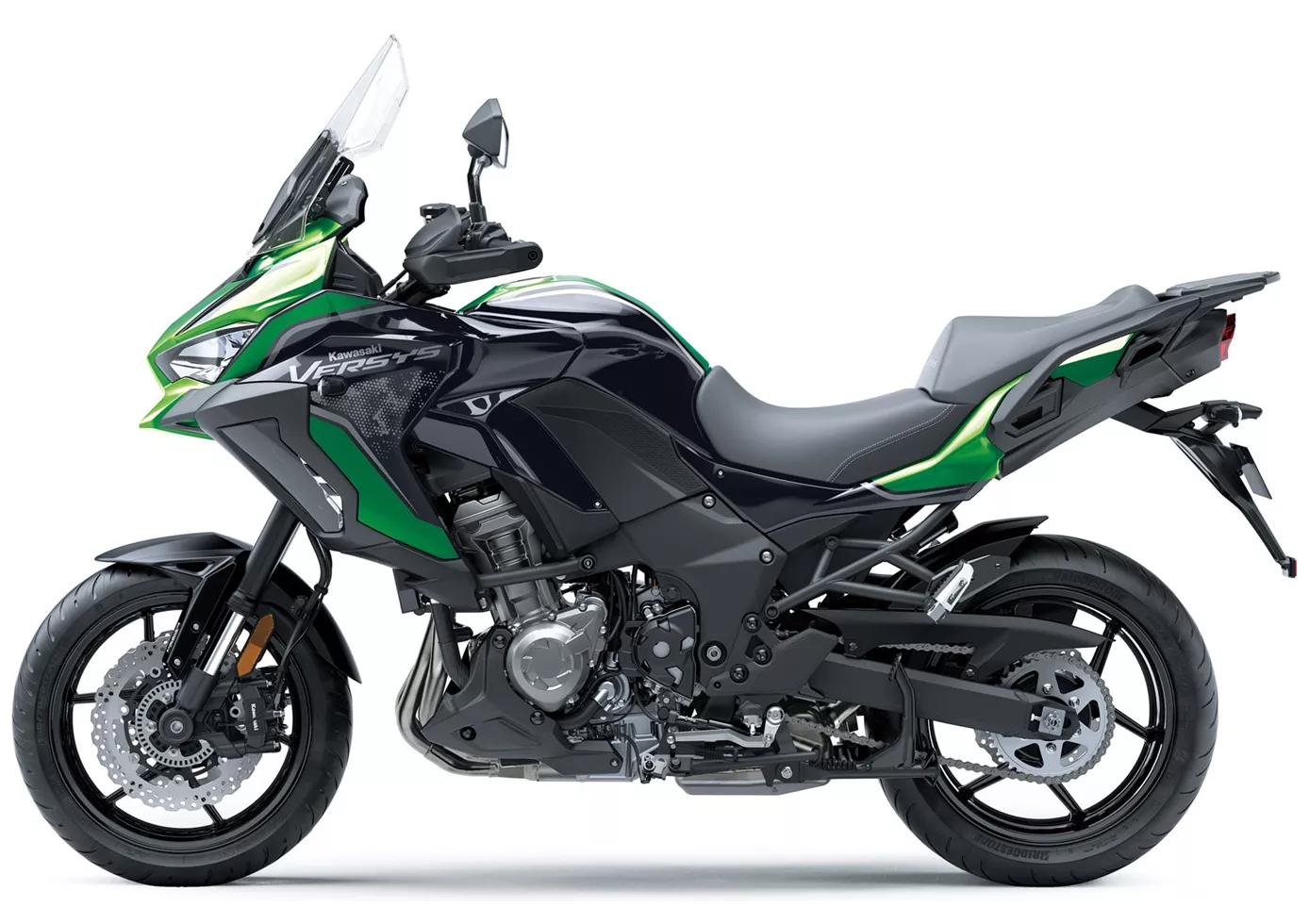
The supposedly less well-equipped Versys 1000 S merely dispenses with the electronically adjustable chassis of the SE - and thus offers almost the same performance as the top model. This means that the S also has all the comfort features on board that make a long journey not only bearable, but really enjoyable. You don't necessarily feel the few kilos less than the SE, but the S is also an ideal companion on long tours when comfort and uncomplicated handling are paramount.
BMW R 1250 GS 2020
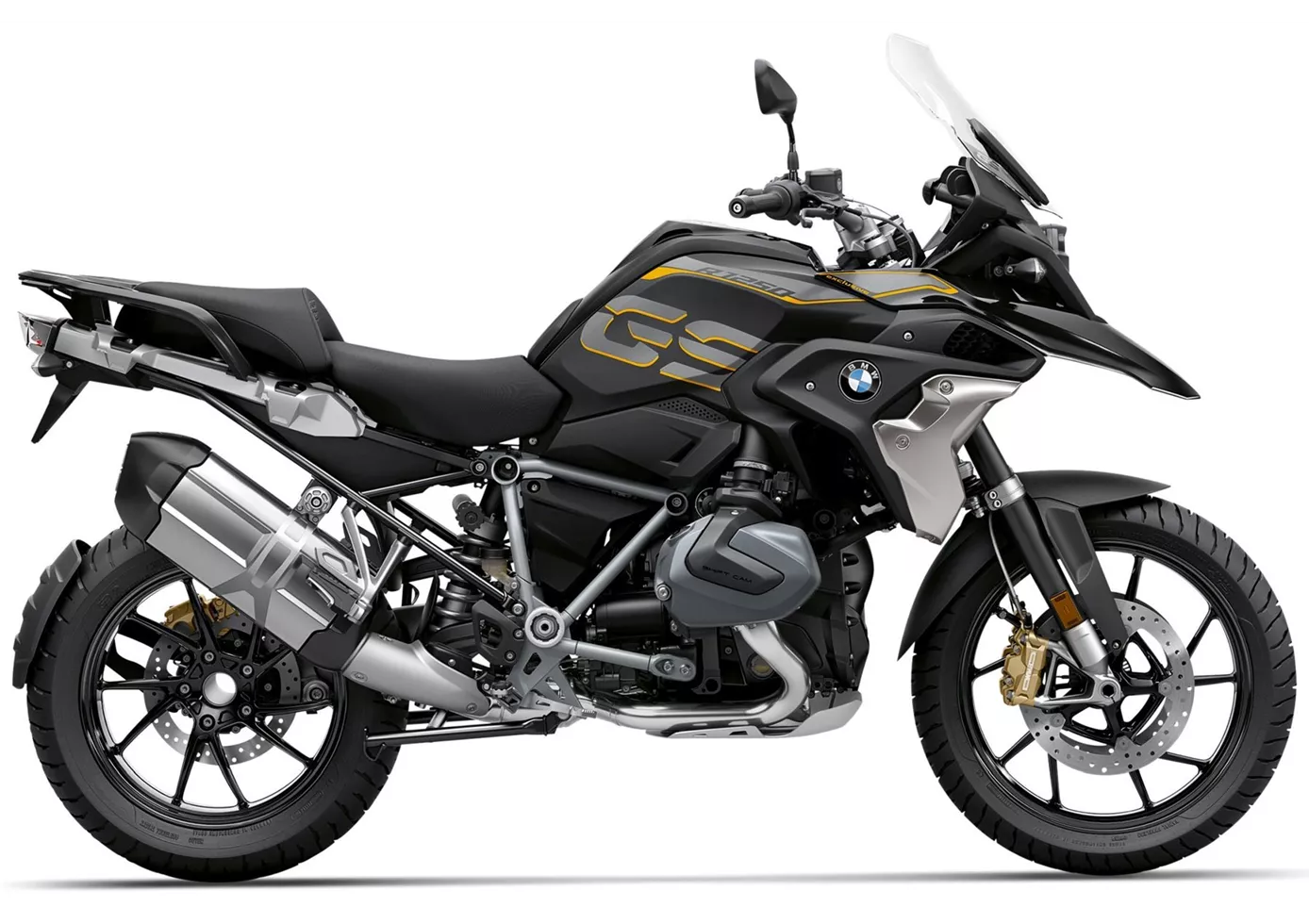
The BMW R 1250 GS is the logical further development of the R 1200 GS - logical above all because one should not expect such a popular motorbike to be radically changed. Accordingly, the design has been changed cautiously, and the familiar options for the chassis and electronics have been retained. The new name R 1250 GS, however, promises a new engine - and it really is something! 136 hp at 7750 rpm and a whopping 143 Newton metres of maximum torque at 6250 rpm are an absolute blast! BMW has thus renovated the big GS almost perfectly: it remains clearly recognisable, has a little more electronics as standard, a still long list of surcharges (which customers like to tick from A to Z) and a now even better and more sovereign power plant - what more could you want?!
Price Comparison Avarage Market Price Kawasaki Versys 1000 S vs BMW R 1250 GS
There are a few key differences between a Kawasaki Versys 1000 S 2021 and a BMW R 1250 GS 2020. In terms of price, the actual average price of a BMW R 1250 GS 2020 is about 39% higher. Compared to BMW R 1250 GS 2020 there are less Kawasaki Versys 1000 S 2021 bikes available on the 1000PS.de Marketplace, specifically 8 compared to 71. It takes less time to sell a BMW R 1250 GS with 43 days compared to 93 days for the Kawasaki Versys 1000 S. Since model year 2021 1000PS.de editors have written 5 reviews for the Kawasaki Versys 1000 S and 50 reviews for the BMW R 1250 GS since model year 2019. The first review for the Kawasaki Versys 1000 S was published on 04/11/2020 and now has more than 49,600 views. This compares to more than 305,600 views for the first review on BMW R 1250 GS published on 19/09/2018.
